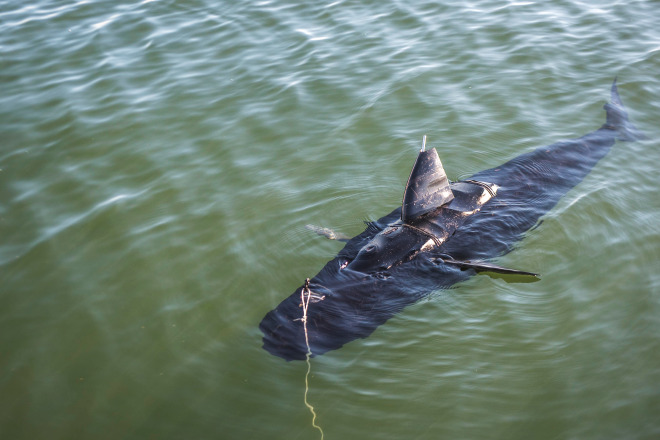[QUOTE=DrSAR;153318]A quick glance in the link you provided seems to exclude explicitly:
Anything that is not remotely controlled but is fully autonomous (’[I]debris[/I]’ as classified by ccaptain) seems to the ICAO can not be integrated into non-segregated airspace.
So given the legal realities maybe I should have phrased my question:
Debris is about to be launched into the Atlantic that can (somewhat) control its course towards Ireland/UK. How would you increase its chances of survival and lessen its chances of hitting (and damaging) anything in its path? (And the answer: “don’t launch it” has been noted, thanks ccaptain)[/QUOTE]
The circular admits of several varieties of control and automated. The point was that the legal frameworks of an internationally engaged bit of ‘controlled debris’ will go down much of the same path as the ICAO work in this and other pubs of theirs. There will be an inherent responsibility on the ‘Flag’ to regulate. Clearly IMO hasn’t gone down this path nearly as far as ICAO has had to deal with. Nor has the CG for domestic work done anything like the work FAA has begun to consider on Amazon drones, pizza drones etc… I would invite you to consider the general principles involved in the basic responsibilities portions more than looking for an ‘out’ for your specific application, it was for that reason that I suggest the reference to aid you in your review.
As for other discussions concerning the floating intelligent ‘debris’ and consultations with CG or other authorities, I’d suggest the Refuse Act/RIvers and Harbors Act permitting provisions be consulted where potential obstructions to navigation may occur on domestic waters. The laws implemented in the Rivers and Harbors Act frame language specifically that where some items are not ‘positively’ authorized by law or reg, that they should fall under the relevant permitting provisions, administered by the Army Corps of Engineers. The point of the legislation was to deal with debris, refuse, and anything that might get in the way.

